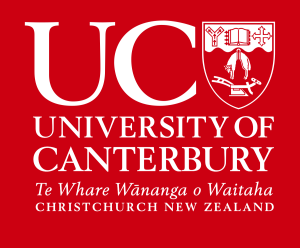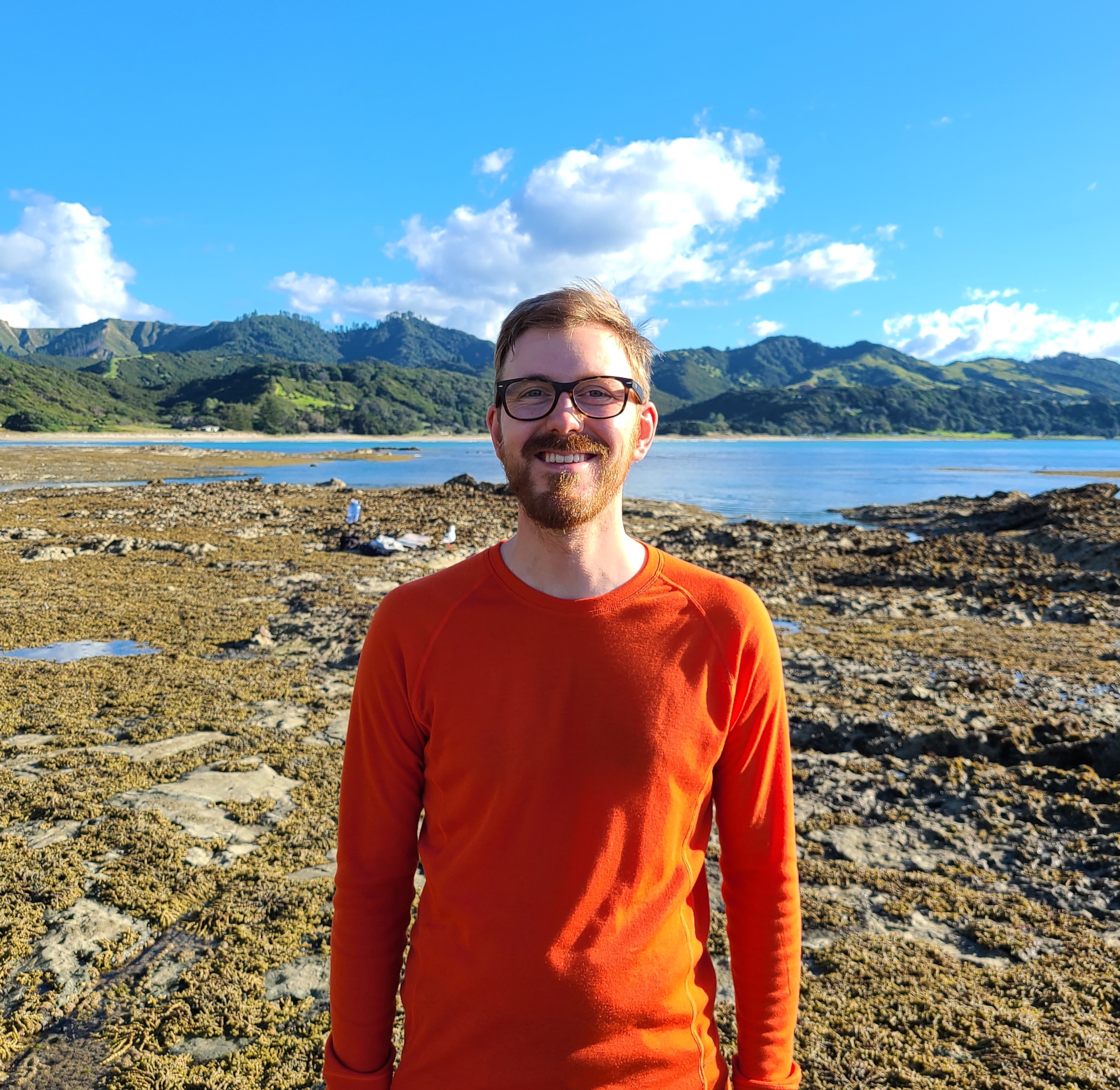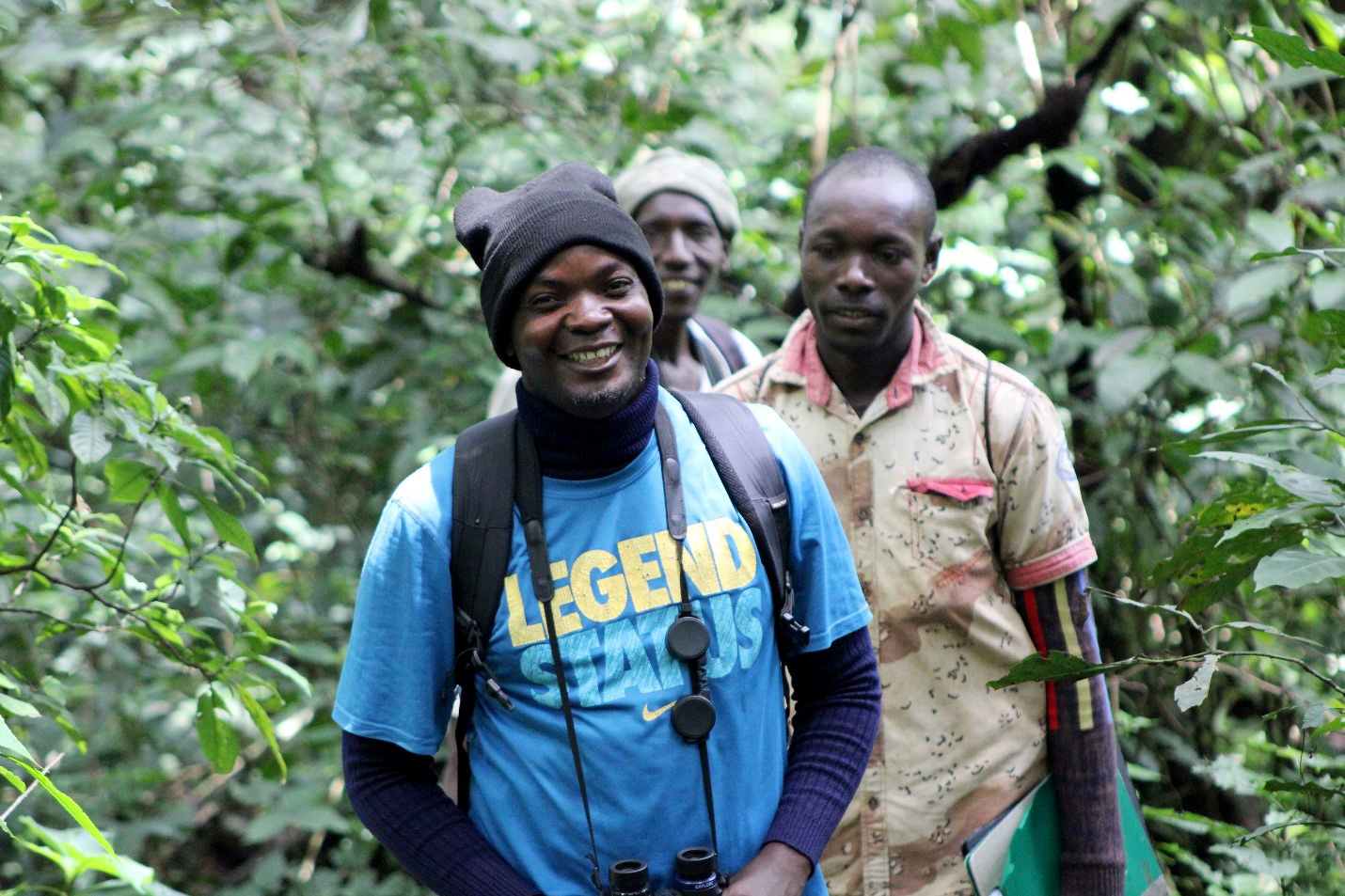Researchers in the School of Biological Sciences are leading global efforts to understand how ecosystem structure and function are being reshaped by climate change—particularly through disruptions to seasonal patterns.
Recent studies, including groundbreaking work by PhD student Daniel Hernández-Carrasco and Associate Professor Jonathan Tonkin, reveal that climate-driven changes in seasonality—such as shifts in rainfall, temperature, and daylight—are having cascading effects across ecosystems. These disruptions affect everything from the timing of snowmelt and monsoons to the migration of animals and flowering of plants.
What makes this research unique is its multi-scale approach: it connects changes at the genetic and population levels to broader impacts on food webs and ecosystem dynamics. For example, altered migration patterns can restructure predator-prey relationships, while mismatches in seasonal cues can reduce reproductive success and genetic diversity.
The team’s work emphasizes that seasonality is a foundational rhythm of life on Earth. Many species have evolved to synchronize their life cycles with seasonal changes. When these rhythms are disrupted, it can lead to ecological imbalances, threatening biodiversity and ecosystem services like pollination, water purification, and food production.
By combining ecological theory, field data, and advanced modeling, UC researchers are helping to predict and mitigate the impacts of climate change on ecosystems. Their work informs conservation strategies and supports global efforts to build climate-resilient environments.
Examples of our research include:
- Modeling leaf respiration-photosynthesis relationships in response to climate
- Linked plant-fungal invasions, with a focus on wilding pines and other invasive plants.
- Pathogens as drivers of past, current and future ecosystems
- Mapping thermal landscapes
- Grant: "FogLife" - importance of changing fog moisture to Namib Desert organisms
- Mapping heat in the intertidal zone
- Nature's contributions to people in a changing world























